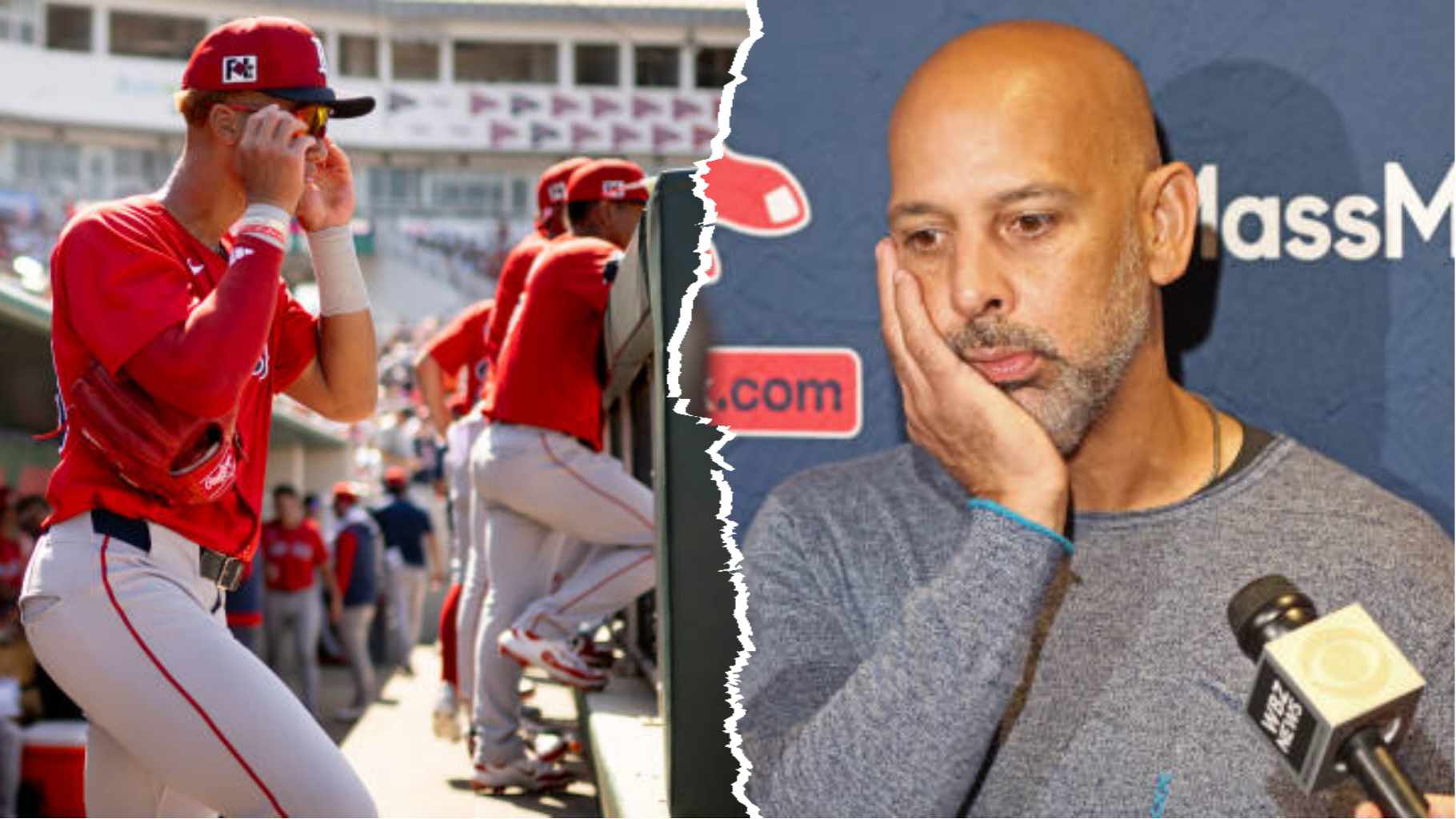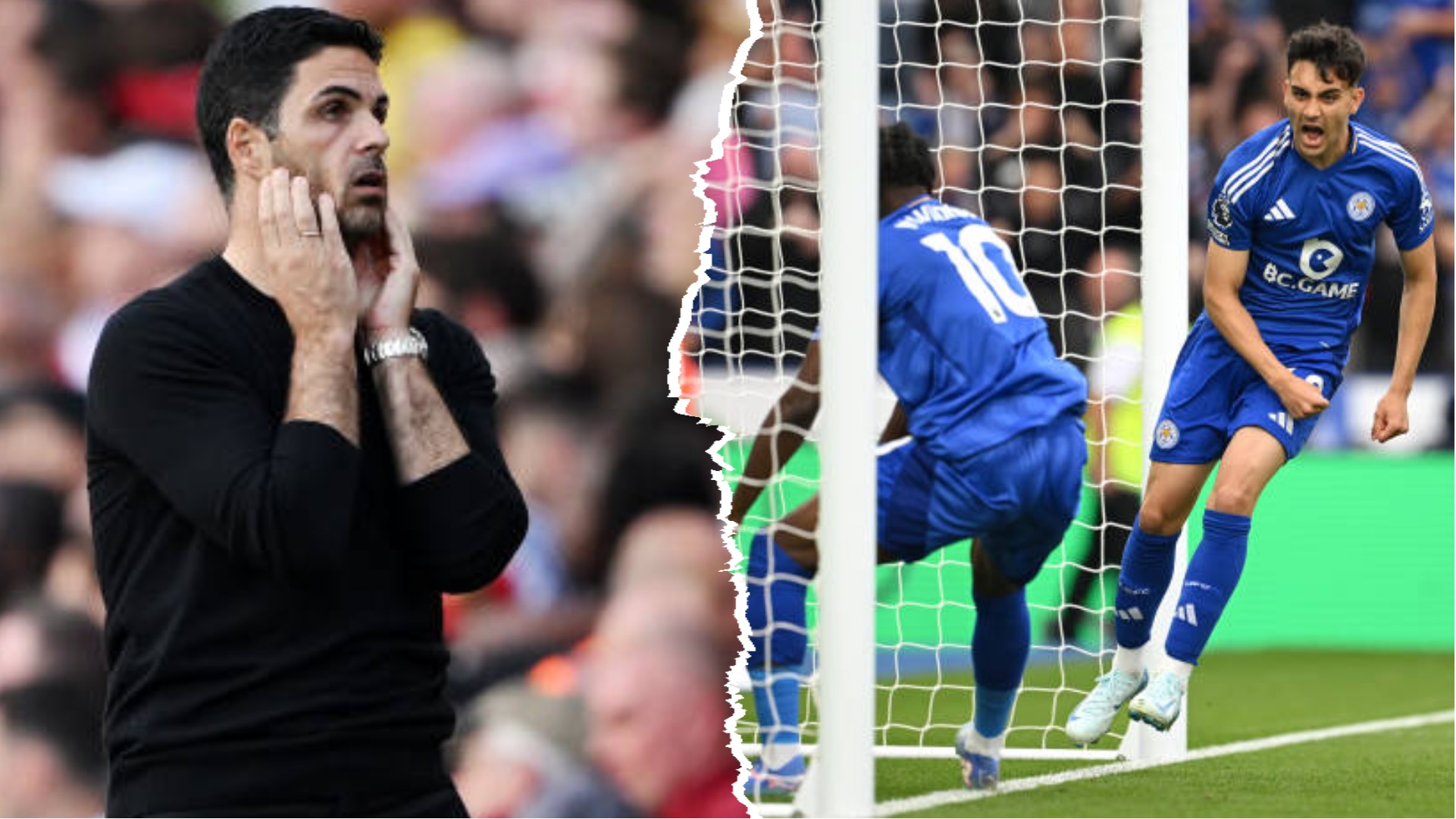Leicester City’s return to the Premier League has brought the reintroduction of VAR, after spending a season without it in the Championship.
The technology’s influence has already been felt, with both positive and negative impacts for Steve Cooper’s side.
In a recent 2-2 draw with Crystal Palace, Leicester saw their two-goal lead, courtesy of Jamie Vardy and Stephy Mavididi, slip away. A source of frustration for Cooper was the manner in which Palace’s first goal was awarded.
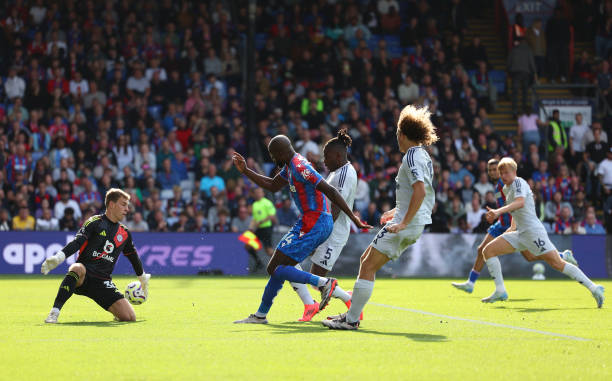
Initially ruled offside, VAR intervened and overturned the decision, determining Jean-Philippe Mateta was actually onside, despite what many saw as inconclusive evidence.
The change in decision shifted momentum, allowing Palace to claw back into the match, leaving Leicester ruing the impact of the technology.
Yet while Leicester were left frustrated by VAR at Selhurst Park, they have also benefited from it this season. During a 2-1 defeat to Fulham, Wout Faes scored from a corner, a goal that was initially disallowed.
However, after a VAR review, the decision was overturned, allowing Faes’ goal to stand and briefly bringing Leicester level.

The incident involving Faes sparked further discussion, with former referee Howard Webb, now head of the PGMOL, stepping in to clarify why the decision was ultimately correct.
Speaking on Sky Sports’ Mic’d Up show, Webb explained the reasoning behind the VAR’s intervention in the Fulham match, particularly in relation to Vardy’s role in the offside ruling.
Webb told Michael Owen: “The referee’s call in this case was offside. They penalised Jamie Vardy and that was clearly and obviously wrong, and the VAR was right to intervene. And the reason it was wrong is because, actually, when the ball is headed goal-ward by Faes, that’s the moment we make the offside judgement, and by that moment Jamie Vardy had moved away from the goalkeeper.”

Webb further elaborated:
“[Vardy is] out of his line of sight, is no longer in physical contact and whatever happened before then doesn’t matter in terms of offside. There’s a bit of contact there [before Faes’ header], but not enough for an actual foul.
“He moves away from the goalkeeper. The goalkeeper can see the ball, he can see Faes coming in to head the ball, Vardy’s out of the way by then, and this is just not an offside offence and therefore it was a good intervention.”
This explanation highlights the growing importance of set-pieces for Leicester, particularly as they look to navigate the challenges of the Premier League. The Faes header remains Leicester’s only goal from a set-piece this season, but it could prove to be a key asset in Steve Cooper’s tactical approach.
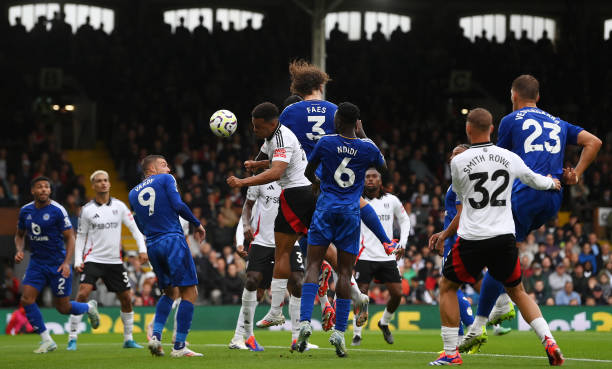
In a league where chances are often hard to come by, maximising set-piece opportunities is essential. The goal against Fulham not only showcased Leicester’s potential in this area but also hinted at how they could exploit such situations in future matches.
Players like Faes, Caleb Okoli, and Wilfred Ndidi provide significant aerial threats and could be crucial in unlocking tight defences, particularly when Leicester are up against stronger opposition.
Moreover, Vardy, despite his advancing years, remains a thorn in the side of opposition goalkeepers.
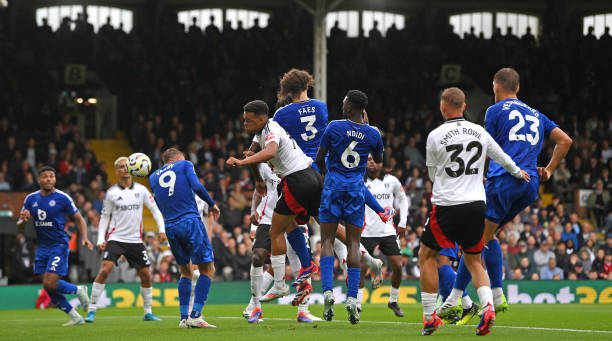
His ability to disrupt and distract, as seen in the Fulham match, shows that even without directly touching the ball, he can play a pivotal role in creating goal-scoring opportunities.
By positioning himself strategically during set-pieces and ensuring he moves out of the goalkeeper’s line of sight at the right moment, Vardy continues to make his presence felt in and around the penalty area.
As Leicester adapt to life back in the Premier League, set-pieces could become an increasingly vital component of their game plan.
With players like Faes and Vardy in their ranks, and the use of VAR to ensure the right decisions are made, Steve Cooper’s side have the tools to make the most of these opportunities, as they battle to stay in the top flight.



